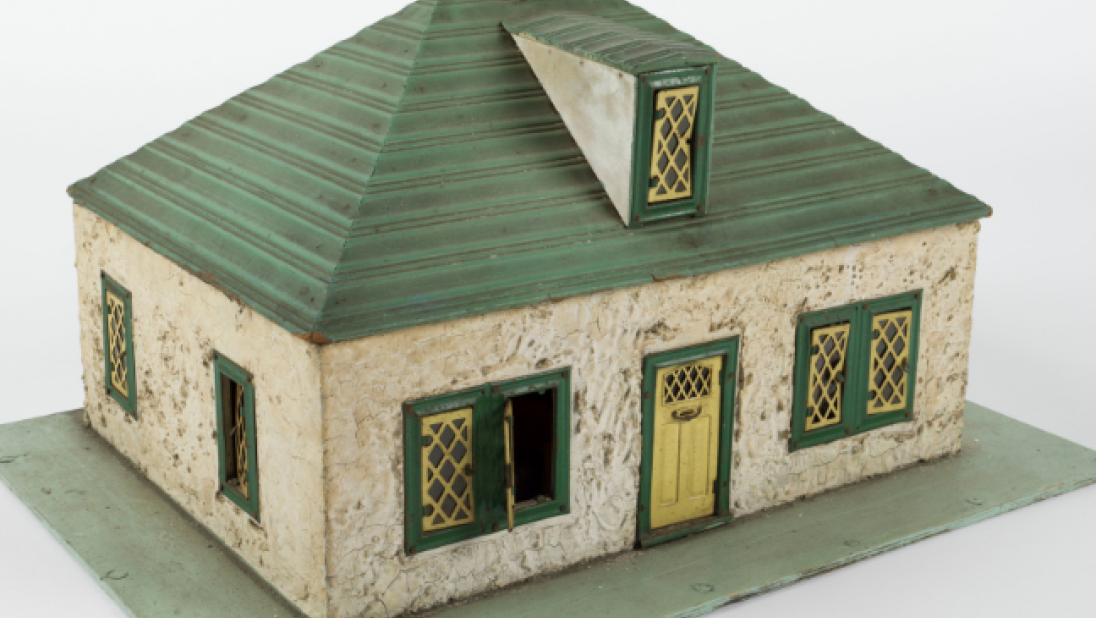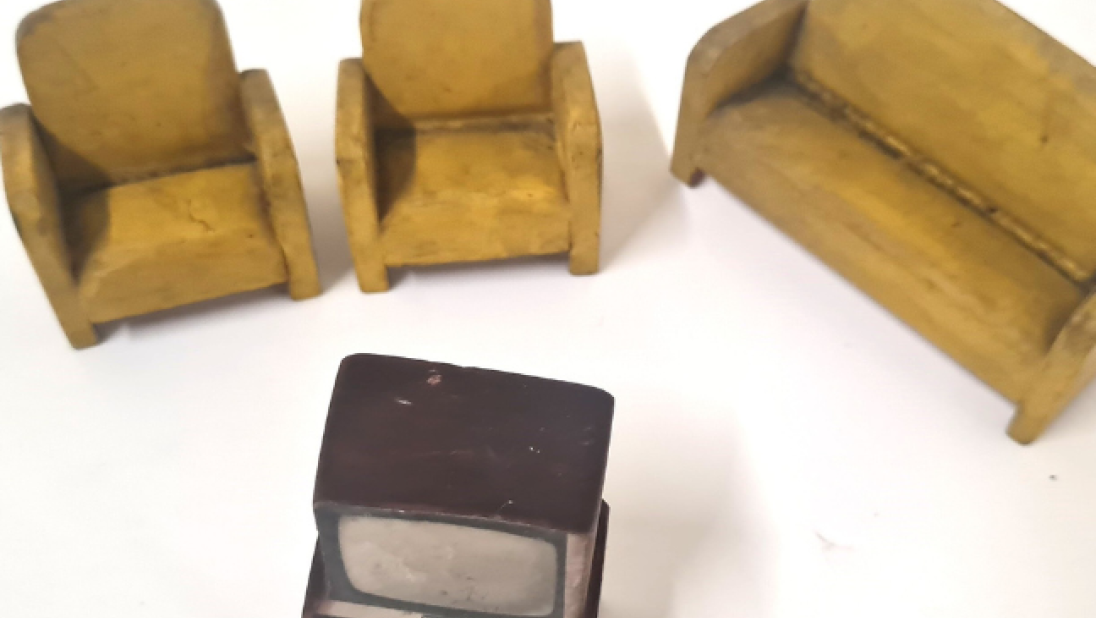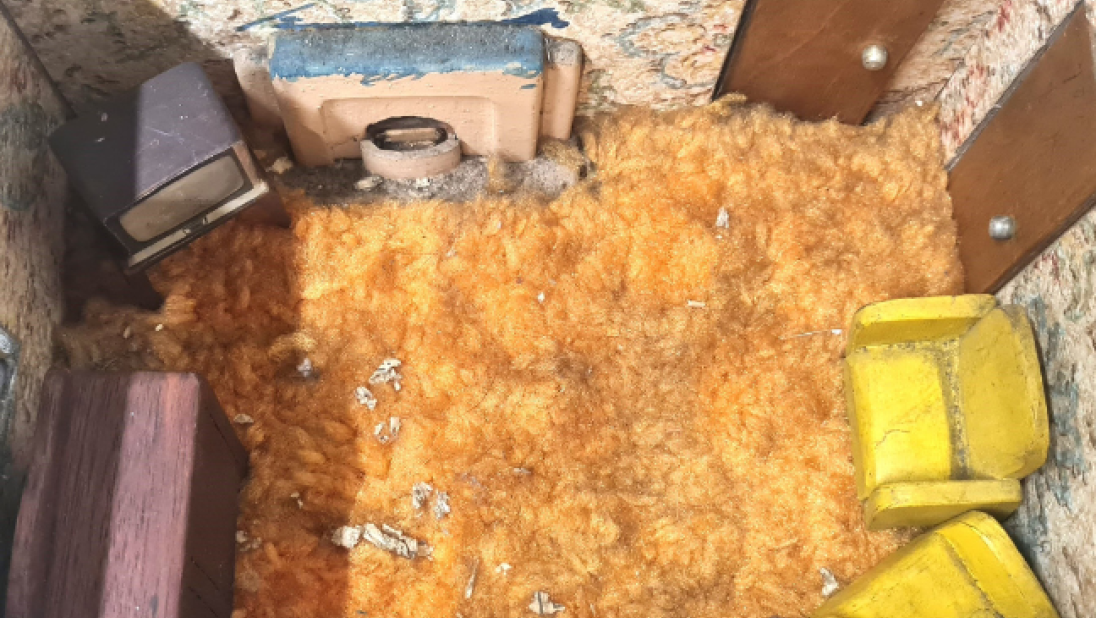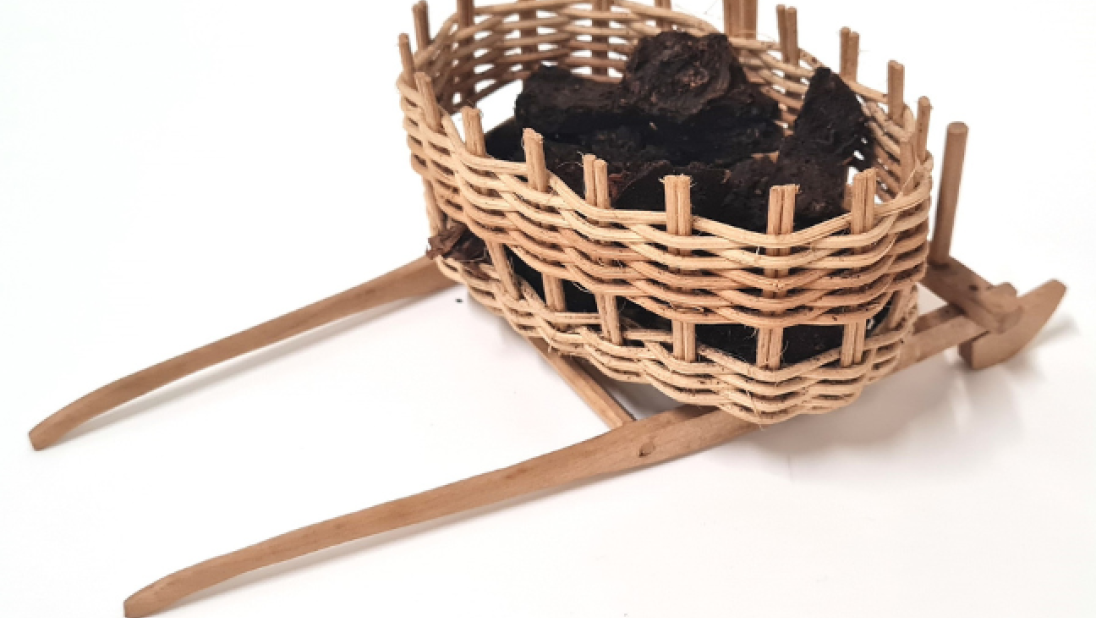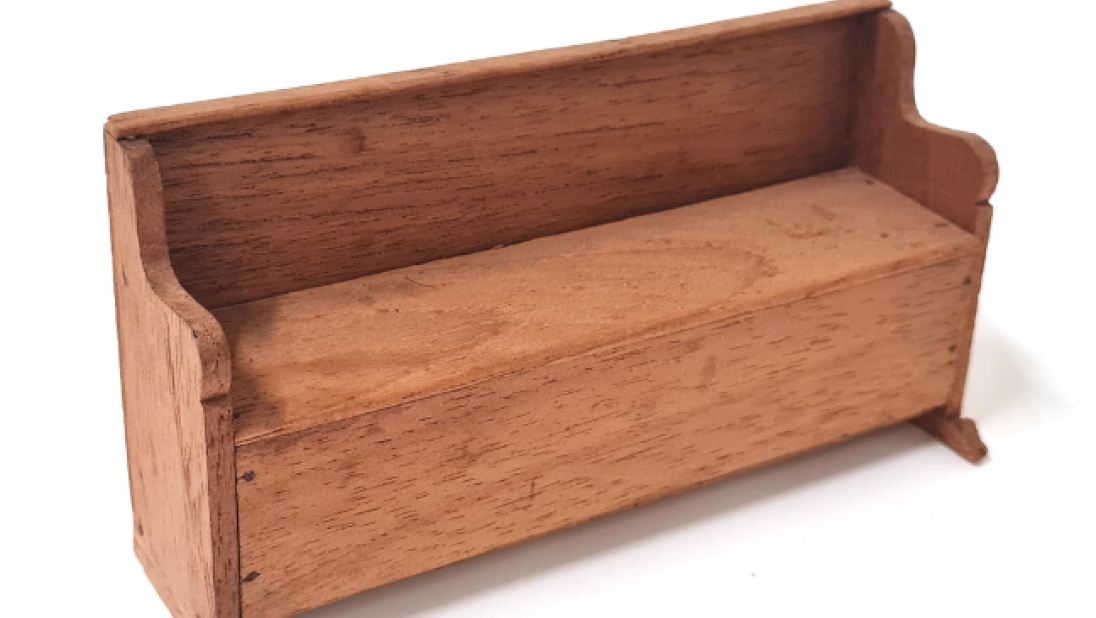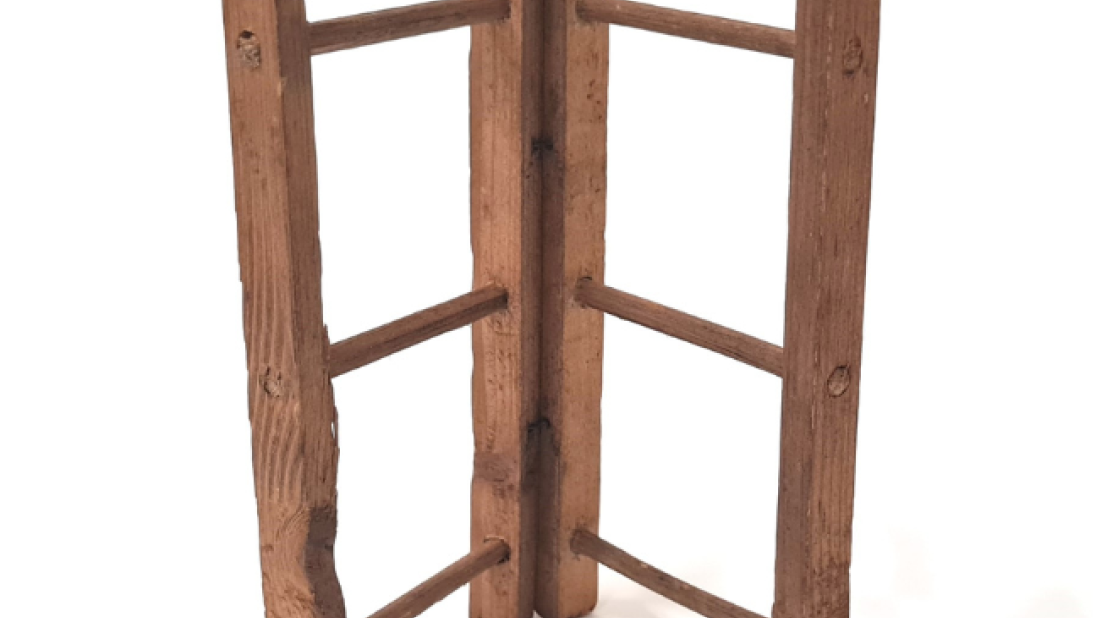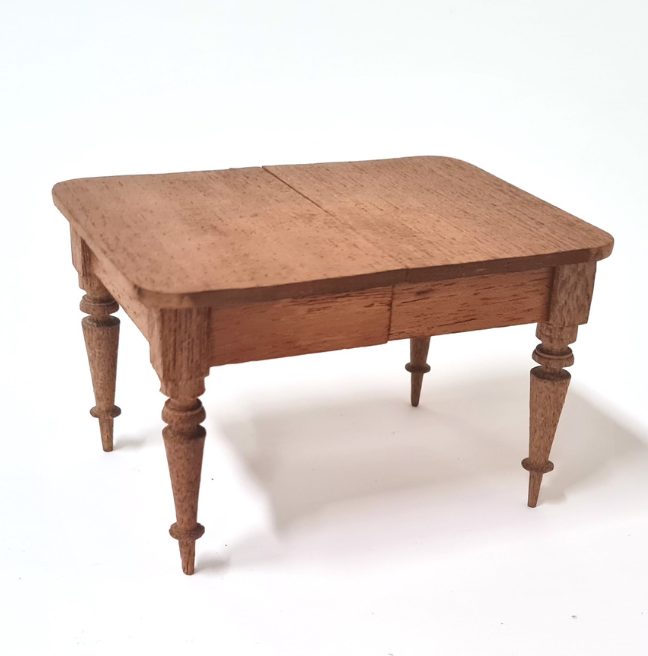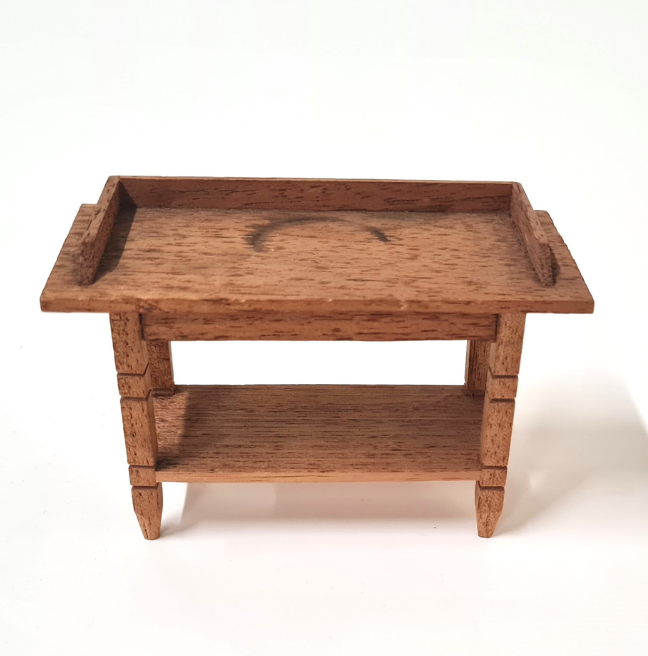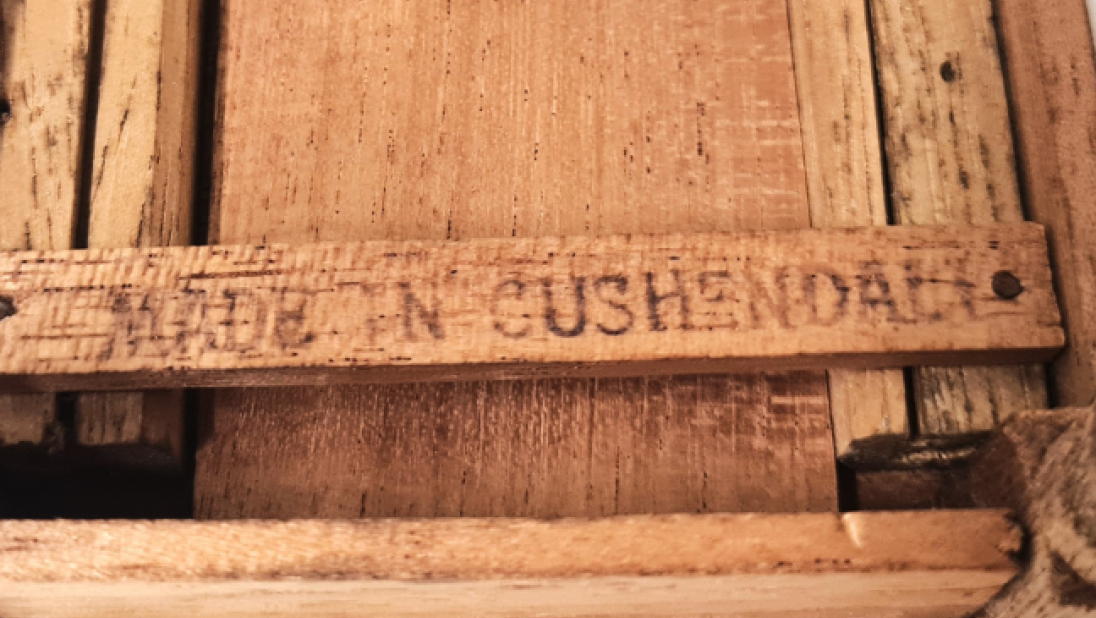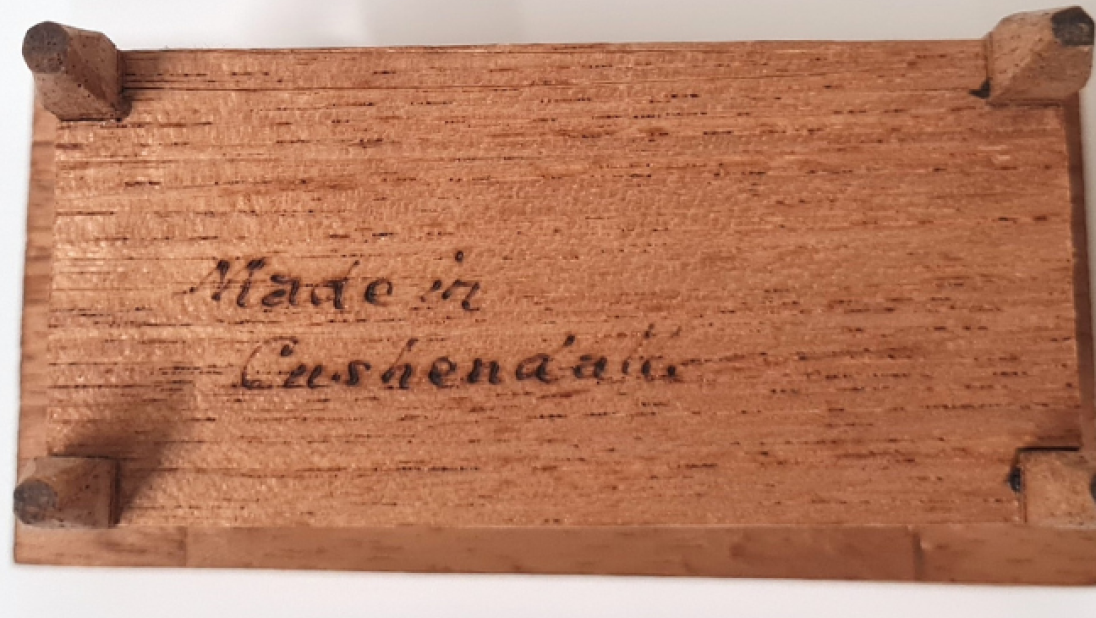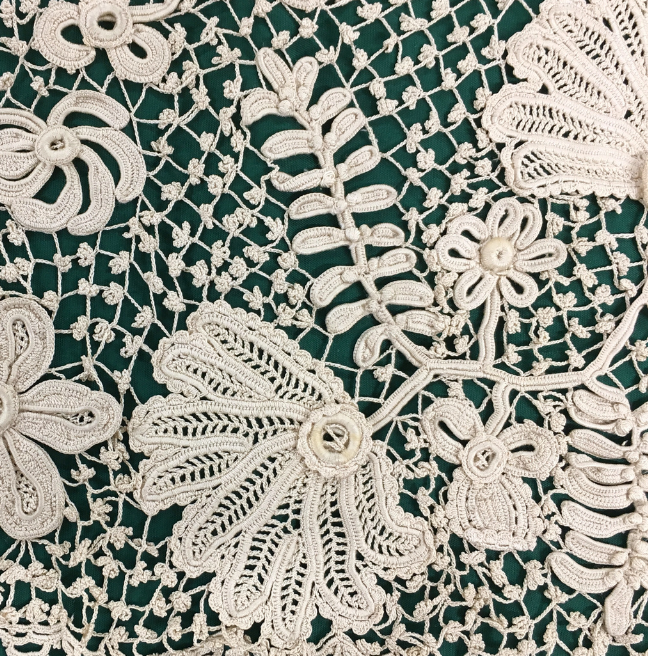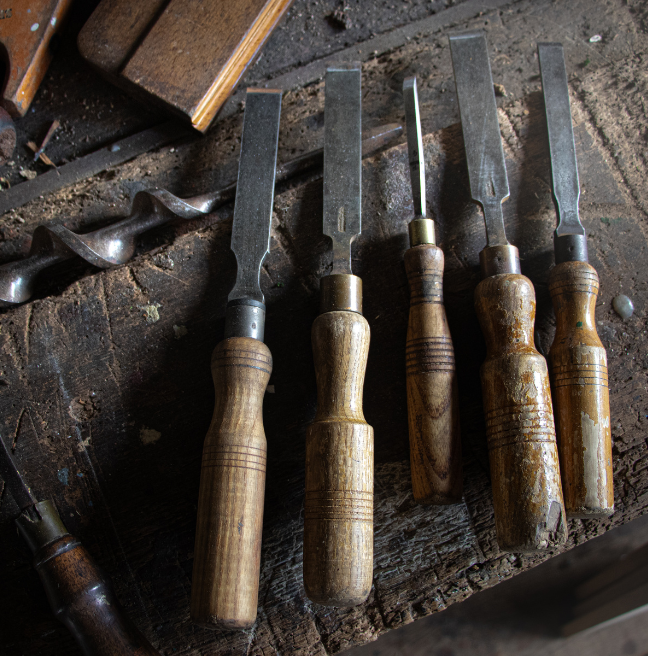
Tiny Toys and Dolls' Houses
Curator of History, Fiona Byrne, explores a quintessential childhood toy - the dolls' house.
I still have it in my attic. I remember my sister also getting one, my brother received a toy garage, all built my grandfather, who was a cobbler by trade.
Receiving a doll or a dolls’ house as a present was and still is commonplace. While the toys may have become more modern, dolls and dolls’ houses are timeless playthings for a child.
Recent Acquisition
A few months ago, I was delighted to receive a donation of a dolls’ house, made in the 1950s. The donor’s grandfather was friends with a group of engineers at the Harland & Wolff shipyard and he asked if they would make this for his granddaughter. It is a simple box-like house, divided into four rooms, with a lift off roof.
There is wiring and a small bulb in the roof. The furniture, such as table, chairs, bed, sofa and a TV, are handmade and crafted with skill.
The donor recalled the house being put out for Christmas morning and the delight in playing with it. Then it would disappear after a while to keep it good and it would reappear the following Christmas. She said the house had been in her family her whole life, and she had many happy memories of her and her sister playing with it. She wished to donate it to the Ulster Folk Museum and we are grateful to have it in our collection.
Our Dolls' Houses
We already have some examples of dolls’ houses in the collection dating from c.1900. Some of our houses are quite grand with multiple floors and hundreds of pieces of furniture and accessories. Other examples are well furnished with hand crafted pieces.

One is an obviously ‘Ulster’ house as it comes with a picture of King William III with a mock gold gilt frame made from a painted paper doily. Some of the detail in the small hand-crafted pieces is extraordinary – one kitchen cupboard even has a small drawer with tiny napkins in napkin rings. There is such attention to detail in these items.
Ballycastle Toy Factory
Other furniture and toys for dolls’ houses come from our Ballycastle/Cushendun toy factory collection.
To make boys more skilled with their hands and more accurate in their observations and so to fit them to better their position… and above all to help to stem the tide of emigration that is fast depopulating our land.
Frances Riddell, on setting up an Irish toy-making industry in Ballycastle 1903
The toys produced were hand-crafted miniature pieces of typical Irish furniture and everyday items from traditional rural Ulster life. Churns, pine dressers, settle beds, stools, cradles, potato baskets and agricultural items were all represented and skilfully made by the young male population around the Glens of Antrim. They were taught by professional woodworkers and could produce toys in their own homes to be sold in the shop.
Barbara McDonnell was the first president of Feis na nGlenn, which promoted Gaelic revival in the area with Irish crafts, dance and song. She had also founded a toy-making shop close by in Cushendall a few years previously. The workshops received praise and recognition at the Great Exhibition of St. Louis in 1904. The workshops closed in 1914 during World War I due to a lack of available labour.
Examples of these workshop toys can be found in the collections of Ballycastle Museum, the National Museum of Ireland and the Ulster Folk Museum.




